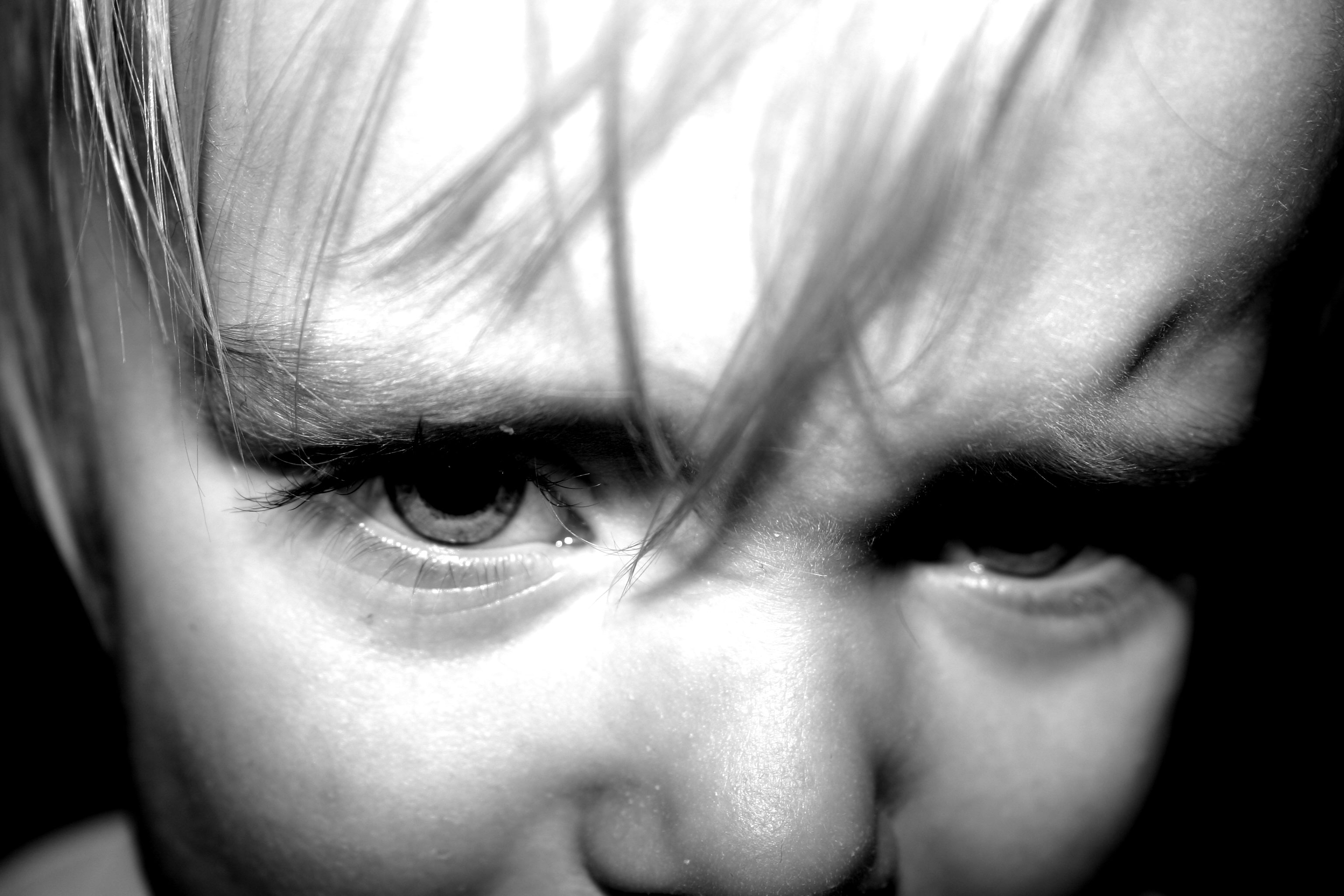
THURSDAY, Sept. 11, 2014 (HealthDay News) — People’s response to violence in the media depends on how aggressive they are naturally, a new study contends.
“How an individual responds to their environment depends on the brain of the beholder,” lead investigator Nelly Alia-Klein, associate professor of neuroscience and psychiatry at the Friedman Brain Institute and Icahn School of Medicine at Mount Sinai in New York City, said in a Mount Sinai news release.
The findings may help those designing programs that seek to reduce aggressive behavior starting in childhood, she said.
“Aggression is a trait that develops together with the nervous system over time starting from childhood; patterns of behavior become solidified and the nervous system prepares to continue the behavior patterns into adulthood when they become increasingly coached in personality,” she added.
This could explain differences in people who are aggressive and not aggressive, and how media motivates them to do certain things, Alia-Klein said. “Hopefully, these results will give educators an opportunity to identify children with aggressive traits and teach them to be more aware of how aggressive material activates them specifically,” she said.
The study, published Sept. 10 in the journal PLoS One, involved 54 men who answered a questionnaire. Based on their responses, they were split into two groups: those with aggressive traits (including a history of physical assault) and those without aggressive tendencies.
On the first day of the study, the men’s brains were scanned as they watched a series of violent scenes, such as shootings and street fights. Specifically, the researchers measured their brain metabolic activity, a marker of brain function. The men also had their blood pressure taken every five minutes, and were asked how they were feeling every 15 minutes.
The next day, the brain scans were repeated as the men watched nonviolent but emotional scenes, such as people responding to a natural disaster. On day three, the men’s brains were scanned but they didn’t watch anything.
“Our aim was to investigate what is going on in the brains of people when they watch violent movies,” said Alia-Klein. “We hypothesized that if people have aggressive traits to begin with, they will process violent media in a very different way as compared to nonaggressive people, a theory supported by these findings.”
The study revealed that when the men were not watching anything, those with aggressive traits had unusually high brain activity in parts of their brain that are not known to be active when a person is not engaged in an activity of some kind.
While watching the violent scenes, however, the men in the aggressive group had less brain activity than the nonaggressive group in their orbitofrontal cortex, the part of the brain associated with emotion-related decision making and self-control.
The authors concluded these men have a different brain function map than the nonaggressive participants.
The men in the aggressive group also reported feeling more inspired and determined than upset or nervous by the violent scenes they watched. Their blood pressure also dropped steadily over time during the violent scenes. In contrast, the blood pressure of the men in the nonaggressive group increased.
More information
The American Psychological Association provides more on violence in the media.
Copyright © 2025 HealthDay. All rights reserved.

